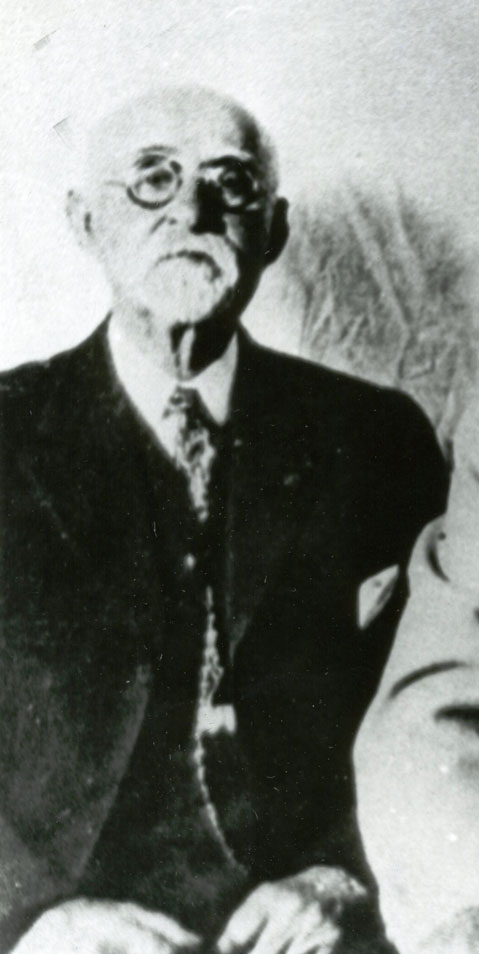California was a state of divided loyalties when the Civil War began in April 1861, and Santa Barbara reflected this. The decade of the 1850s had seen growing ethnic tension and political conflict between elements of the Californio population and the growing number of American settlers. In October 1861, four prominent Santa Barbarans sent a letter to the U.S. commander in Los Angeles stating that “the safety of loyal citizens of the United States residing in the county of Santa Barbara is in great peril. … Indeed, some Americans are avowed friends of the rebels, and do much to inflame the native Californians and Mexicans.”
Nonetheless, California and Santa Barbara would remain in the Union fold. One staunch local supporter of the North was José de la Guerra, patriarch of one of the state’s most prominent Californio families. Early in 1864, his youngest son, Antonio María de la Guerra, took it upon himself to call for volunteers for service in the Union cause. So was formed in Santa Barbara Company C of the First Battalion of the Native California Cavalry. Antonio María was made captain of the 99-man detachment, his nephew Santiago was first lieutenant, and Juan de la Guerra was appointed first sergeant and translator for the Spanish-speaking rank and file. Another nephew was made second lieutenant.

Mustered in July, by September the company was stationed at Drum Barracks in Wilmington just south of Los Angeles. The Anglo post commander did not think much of Californio troops, so the superb horsemen of Company C were put to work digging ditches for an irrigation project and guarding water tanks at San Pedro.
Finally, in the spring of 1865, orders came down to put the Native California Cavalry on the march — not against Confederates but rather Apaches in the Arizona desert. Due to further delays, Company C did not start on the long, dry, dusty march to Fort Mason just north of the Mexican border until September.
Once there, inaction again became the order of the day for Company C. Although Apaches were sighted from time to time from a distance, the Indians remained frustratingly elusive. Meanwhile, conditions at the fort were miserable: Supplies were scarce, equipment was in poor shape, and disease became a problem.
The Civil War had ended in the spring of 1865, and in January of the following year, the battalion began its long journey home for disbandment. Company C made its way to Baja California, where it took ship for San Francisco. The company was mustered out in April.
Despite a tour of duty that had lacked in martial glory, upon arriving home in Santa Barbara, the troop was honored with a tumultuous welcome, punctuated by music, dancing, fireworks, bullfighting, and a parade.
During two years of service, two members of the company had died, both from respiratory illnesses. Additionally, the health of Captain de la Guerra was permanently broken. Treated with injections of mercury, he was blind by 1874 and died at age 56 in 1881. The last surviving member of the Native California Cavalry died in 1945 — First Sergeant Juan de la Guerra of Santa Barbara’s own Company C.



